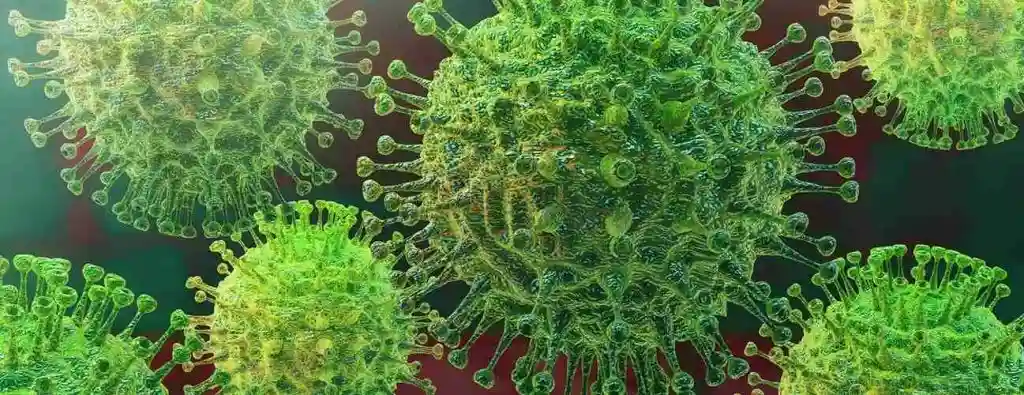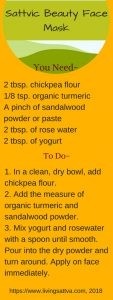Some friends received a picture via social media and reached out to me to find out if there is any truth in a claim that Rasam could help build immunity towards Coronavirus. Is this true?
In this blog post, I present the recipe for rasam, explain the science behind this sattvic recipe, and traditional practice regarding making and consuming rasam. The practices, when looked at with a scientific lens, hold up to rigors of scrutiny. Unfortunately, when traditionally practiced at home, it is labeled as superstition. In the wake of major epidemic and outbreaks, we go back to safer, traditional, time-tested practices.

In a way, this blog post is an extension of earlier posts regarding the pharmacy in our kitchen. Sattvic spices constantly detox our bodies. Following a sattvic lifestyle also reinforces the benefits of using the right combination of spices. For example, taking turmeric first thing in the morning, on an empty stomach, is essential for maintaining continuous detox and immunity. Eat the sacred foods every day. Read this blog post to understand more about sacred foods.
Rasam (RUH-Sum) is a traditional recipe made served in the third round of a traditional feast. The term rasam means essence, the juice. It also refers to the reduction boiling cooking technique required used to make this recipe. There are several types of rasam. In this blog post, I share the sattvic rasam technique.
There are three parts to this recipe. The first part is the rasam powder, which you can make ahead of time and store for future use; the second part is having dal ready to add to the rasam, and the final part is assembling the ingredients that go to making liquid rasam. Rasam is best prepared fresh every day. It takes about 15 to 20 minutes, depending on the power of your stove to bring the liquid to reduce boil.
Cooking dal for Rasam:
Traditionally toor dal is used for rasam. You can also make rasam using mung dal or other lentils. Here are many ways to prepare dal for your rasam.
Cooking Pot method:
You need:
- Toor dal, ¼ cup
- Salt, ½ teaspoon
- Turmeric, ½ teaspoon
- Water, 2 cups
To do:
- Soak toor dal for 10 minutes and wash toor dal 3 or 4 times.
- Assemble all ingredients and cook at beans setting.
- When done, allow it to cool and use a hand blender to puree the dal.
Stove top method:
You need:
- Toor dal, ¼ cup
- Salt, ½ teaspoon
- Oil, 2 drops
- Turmeric, ½ teaspoon
- Water, 4 cups
To do:
- Soak toor dal for 10 minutes and wash toor dal 3 or 4 times.
- Assemble all ingredients and cook at medium heat at low temperature.
- Add two drops of oil, close and allow to cook.
- The toor dal tends to lather when cooking. Ensure there is plenty of water and stir frequently.
- When done, allow it to cool and use a hand blender to puree the dal.
Recent scientific studies show that spices such as tamarind, turmeric, and black pepper have healing properties. They remove free radicals that cause toxin accumulation in your body. They perform multiple functions and help to minimize the damage to internal organs and skin. Species such as tamarind and turmeric, possess a range of physiological and pharmacological properties. In food, spices have complex functions. They flavor the recipe, serve as food, medicine, and nutraceuticals- naturally occurring pharmaceuticals. Every single ingredient performs in the recipe performs several specialized functions.
Turmeric, for example, can heal wounds, moderate symptoms of rheumatic disorders, gastrointestinal symptoms, deworming, rhinitis, and is well-known for its anti-inflammatory, cholekinetic, and anti-oxidant properties. Turmeric is known to be have effective pre-carcinogenic, anti-inflammatory, and anti-atherosclerotic effects. Both turmeric and curcumin are known to increase detoxifying enzymes, prevent DNA damage, improve DNA repair, decrease mutations and tumor formation.
Rasam is usually consumed with rice, lentil, and ghee- a combination of proteins, fat, and carbohydrate. However, rasam makes perfect soup. If you like clear soups, you can drink rasam without mixing up the ‘sediment’ where the reduction-boiling mixture has settled. You get a double dose of turmeric and detox with this recipe. Tamarind also functions well to detox your system.
When the body is fighting infection and fever, it needs plenty of fluids. Eating turmeric also ensures that the body is constantly detoxed. Keeping the body free of toxins is the first requirement of a healthy body. Sattvic foods can help you fight infection. Choose sattvic food options to stay healthy and protect yourself every day.
Watch this video to understand how we develop fever. This video explains how we develop toxins in our body when we are sick or having fever.
Please #Subscribe #Share #comment on this blog post. Let more and more people benefit from this simple recipe to build immunity. Thank you!




